- Over-discharge detection voltage: 2.3-3.0V±0.05V
- There are disadvantages

5
·
Terrible

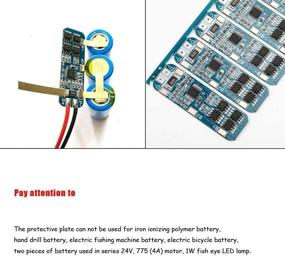
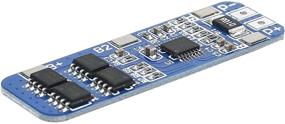

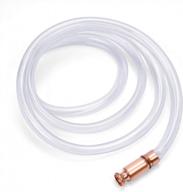
6FT HORUSDY Gas Siphon Pump With 1/2" Valve And Virgin Grade Tubing For Safe, Multi-Purpose Use (White)

22 Review
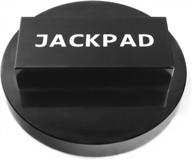
Jack Pad Adapter Anodized Black Replacement For B-M-W 135 335 535 E82 E88 E46 E90 E91 E92 E93 E38 E39 E60 E61 E63 E64 E65 E66 E70 E71 E89 X5 X6 X3 1M M3 M5 M6 F01 F02 F30 F10(1 Pcs)

21 Review
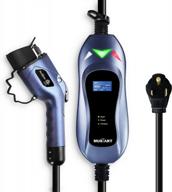
Portable Electric Vehicle Charger (40A, 240V, 25Ft Cable) - Level 2 EV Charging Station With NEMA 6-50P Plug-In For EVs By MUSTART

19 Review
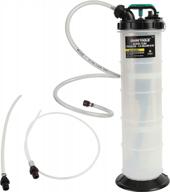
OEMTOOLS 24397 2.5 Gallon Manual Fluid Extractor Pump For Oil And Transmissions, With Oversized Handle For Easier Use And Extraction

23 Review
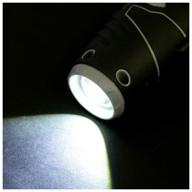
Rechargeable screwdriver OA-3,6F (433.0.2.00), 3.6 V, 1.3 Ah Li-ion, blister

46 Review
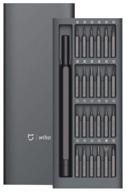
Xiaomi Mi x Mijia Wiha Precision Screwdriver Set (DZN4000CN), 25 pcs

34 Review
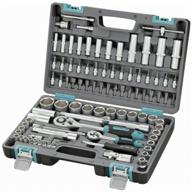
Bit and socket set Stels Tool set, 1/2", 1/4", CrV, plastic case 94 pcs, Stels, 94 pcs, black

46 Review
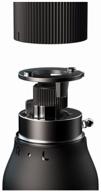
Reversible Mi 16-in-1 Ratchet Screwdriver

21 Review